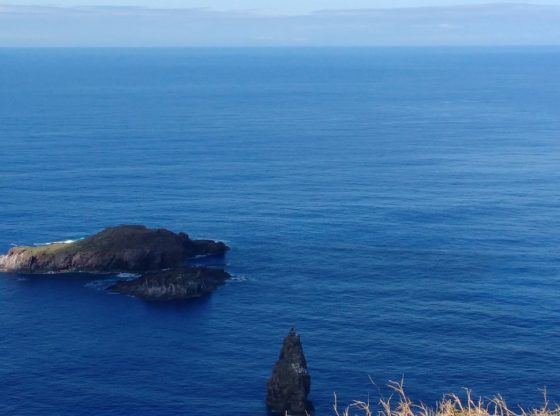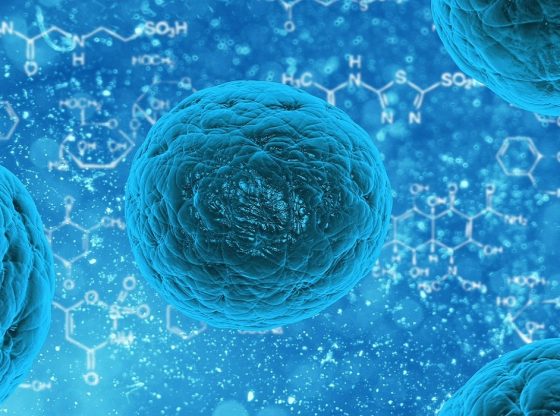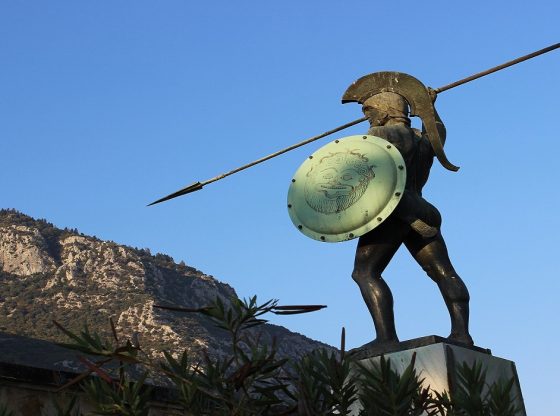
Credit: Ingmar Franz; Hendy et al. 2018. Ancient proteins from ceramic vessels at Çatalhöyük West reveal the hidden cuisine of early farmers.
Knowledge of the diet of people living in the prehistoric settlement of Çatalhöyük almost 8000 years ago has been completed in astonishing scope and detail by analyzing proteins from their ceramic bowls and jars.
An international team led by researchers from the Max Planck Institute for the Science of Human History, the Freie Universität Berlin and the University of York has uncovered details about the diet of early farmers in the central Anatolian settlement of Çatalhöyük. By analyzing proteins from residues in ancient pots and jars excavated from the site, the researchers found evidence of foods that were eaten there.
Çatalhöyük was a large settlement inhabited from about 7,100 BCE to 5,600 BCE by early farmers and is located in what is now central Turkey. The site has been excavated and analyzed for over 25 years, it is considered one of the best-researched early farming sites in the Old World.

The researchers analyzed vessel sherds from the West Mound of Çatalhöyük, dating to a narrow timeframe of 5900-5800 BC, toward the end of the site’s occupation. The vessel shards came from open bowls and jars, as shown by reconstruction, and had calcified residues on the inner surfaces.

The analysis revealed that the vessels contained grains, legumes, meat, and dairy products. The dairy products were shown to have come mostly from sheep and goats, and also from bovines. While bones from these animals are found across the site and earlier lipid analyses have identified milk fats in vessels, this is the first time researchers have identified which animals were actually being used for their milk.
In line with the plant remains found, the cereals included barley and wheat, and the legumes included peas and vetches. The non-dairy animal products, which might have included meat and blood, came primarily from goats and sheep, and in some cases, from bovines and deer.
Reference:
Hendy et al. “Ancient proteins from ceramic vessels at Çatalhöyük West reveal the hidden cuisine of early farmers”. Nature Communications. Oktober, 2018. Doi.org/10.1038/s41467-018-06335-6.











![OpenAI. (2025). ChatGPT [Large language model]. https://chatgpt.com](https://www.illustratedcuriosity.com/files/media/55136/b1b0b614-5b72-486c-901d-ff244549d67a-350x260.webp)
![OpenAI. (2025). ChatGPT [Large language model]. https://chatgpt.com](https://www.illustratedcuriosity.com/files/media/55124/79bc18fa-f616-4951-856f-cc724ad5d497-350x260.webp)
![OpenAI. (2025). ChatGPT [Large language model]. https://chatgpt.com](https://www.illustratedcuriosity.com/files/media/55099/2638a982-b4de-4913-8a1c-1479df352bf3-350x260.webp)








